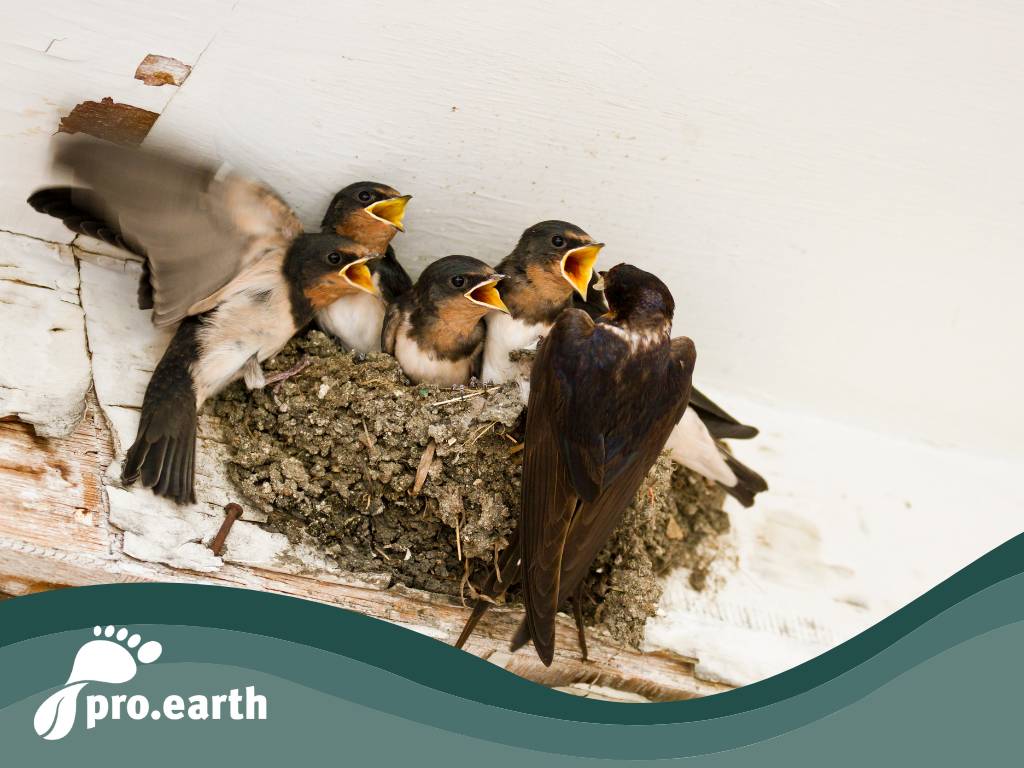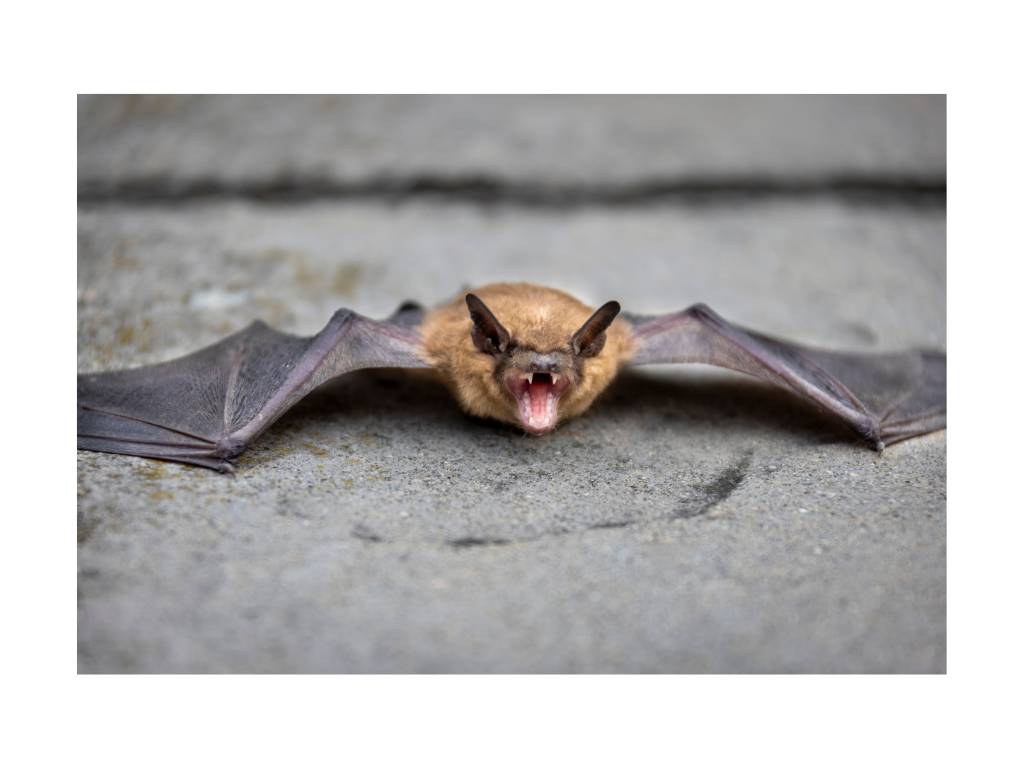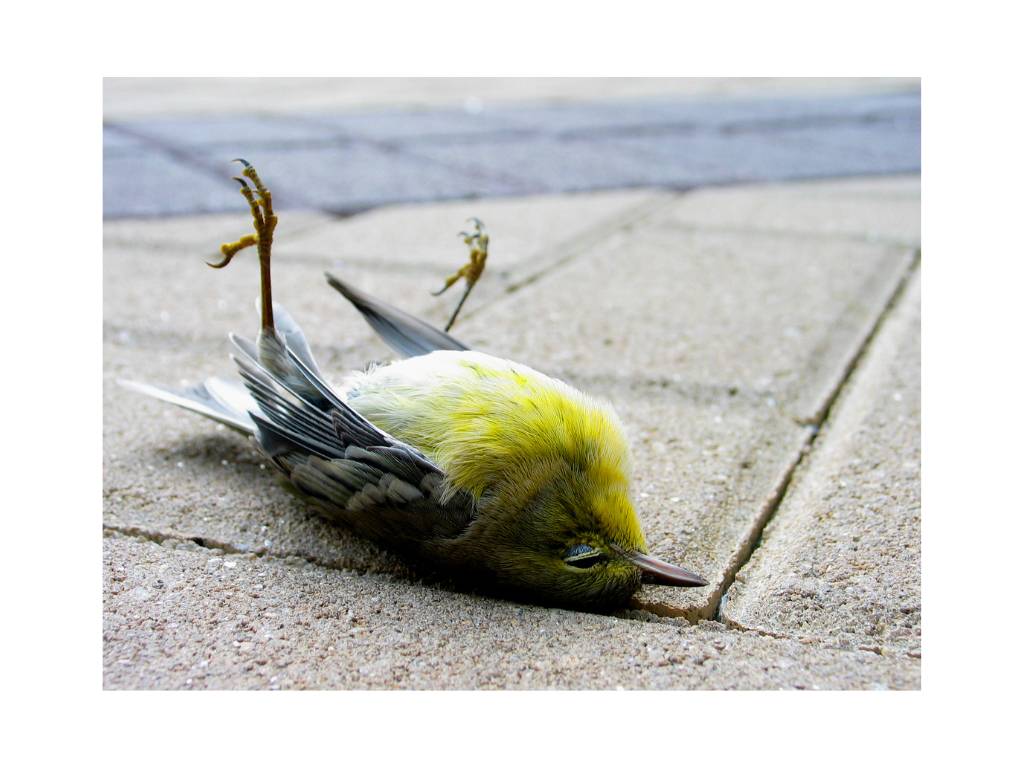The "Species protection on buildings" project

This NABU Berlin project is committed to preserving and creating new habitats for flying tenants in the city. The project includes an extensive awareness campaign with training and information events for the protection of building breeders and bats. These include swifts, house sparrows, house martins, kestrels, pipistrelles and broad-winged bats as well as numerous other species. The former inhabitants of cliffs and (tree) hollows have followed us humans into the city and find suitable places to roost, raise their young and hibernate on façade cladding, cornices, wall gaps, roof boxes and ventilation openings.
What are the dangers for bats and building breeders?

- The renovation of buildings, especially the thermal insulation that closes up all the cracks and gaps in the building, is the biggest problem, as these buildings no longer offer any shelter once the work has been completed. In some cases, bird netting is deliberately installed to prevent the entry of breeding birds and bats. This is often done out of an unfounded fear of too much dirt and disease from the animals. According to NABU, there is no such danger.
- Roof conversions and other uses are a disaster for many birds, as many ledges and other structures previously used by bats and birds are lost as a result. In Berlin's outlying districts, old stables and barns, which offered many hiding places and living quarters, are also increasingly being converted into apartments.
- The demolition of old buildings, for example farms in the suburbs, represents a further reduction in the habitat of building breeders and bats.
- New buildings with smooth facades consisting of glass, steel and concrete offer hardly any habitat for the animals, although replacement shelters can be easily installed, especially if planned early on in the design phase. "These compensatory measures are even mandatory under the Federal Nature Conservation Act (BNatschG)," says NABU Berlin. The project aims to educate architects and developers in this area.

- Glass surfaces are a death trap for birds. According to estimates by the Senate Department for the Environment, Mobility, Consumer and Climate Protection, around 4 million birds die every year from bird strikes in Berlin alone. You can find lots of information on the subject here!
- Foraging is also becoming increasingly difficult for many birds. There is a lack of insects, food plants and habitats for them, as well as watering holes. If you help the insects in the city, you also help the birds and bats. Here you can find lots of information about plants that play an important role. If you want to know what a bat-friendly garden looks like, follow this link.
Our pro.earth.conclusion: What applies to Berlin also applies to every other place. We must work together to ensure that we do not destroy existing shelters through construction or renovation measures, help to build new ones and, above all, make the many glass elements more bird-proof.
Further links:
Information on the "Species protection on buildings" project






